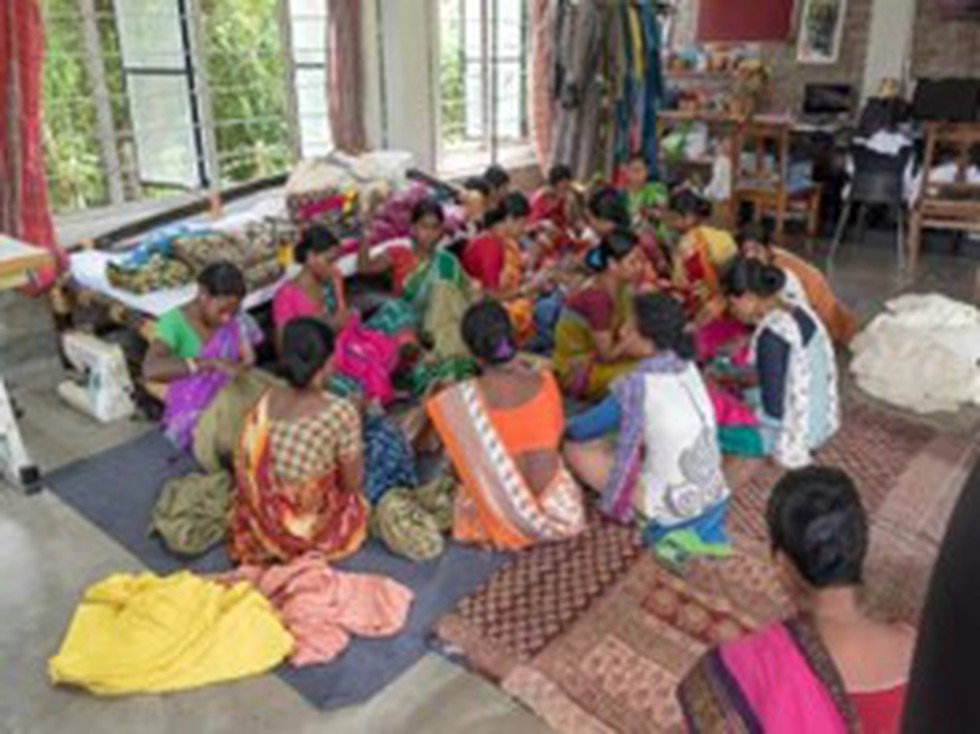
About Lakhpati Didi Initiative:
What is Deendayal Antyodaya Yojana-National Rural Livelihoods Mission (DAY-NRLM)?
The United Nations (UN) agency tackli...
An artificial lake formed in the Sary...
India has officially announced its pa...
A recent research study has documente...
Environmental organisations recently ...
Recently, the member (Science) of Nit...
The union government is working on ma...
Researchers in France have discovered...
Recently, a team of researchers from ...
The Indian Army contingent departed t...